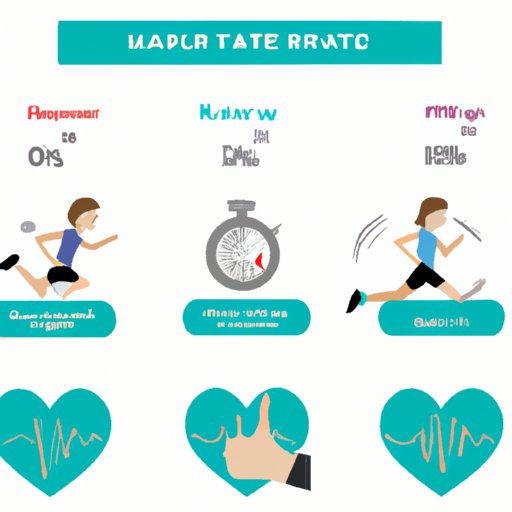
Why Does HR Increase During Exercise?
One of the most common issues individuals face when engaging in physical activity is increased heart rate (HR). While it may seem alarming, it is actually a normal and expected response by our bodies. This article aims to provide a scientific explanation and helpful information for individuals who are experiencing this issue.
A Scientific Explanation
During exercise, our bodies require more energy to perform physical tasks. This means that our muscles require more oxygen and nutrients to function properly. To fulfill this demand, our heart pumps harder and faster to deliver oxygenated blood to our muscles. This increased effort by our heart results in an increase in HR.
According to a study published in the Journal of Sports Science & Medicine, HR during exercise is affected by various factors such as the intensity and duration of physical activity, age, and fitness level. As we engage in more strenuous exercise, our HR naturally increases to meet the demands of our bodies.
Health Benefits of Increased HR during Exercise
While increased HR during exercise may seem worrying, it actually has numerous health benefits, including:
1. Strengthened cardiovascular system and reduced risk of heart disease
When we engage in physical activity, our heart works harder and becomes stronger. Over time, this can lead to a reduced risk of heart disease, as our heart is better equipped to pump blood efficiently throughout our bodies.
2. Increased metabolism and potential for weight loss
Higher HR during exercise can also lead to an increase in metabolism, which can help with weight loss. When our metabolism is increased, our bodies are burning more calories at rest, making it easier to maintain a healthy weight.
3. Release of endorphins and reduction of stress
Exercise also releases endorphins in our bodies, which can help reduce stress levels and improve our overall mood.
The Role of Age and Fitness Level
Age and fitness level are two important factors that affect HR during exercise.
As we age, our HR tends to decrease as our bodies become less efficient at pumping blood. This means that older individuals may have a higher HR during exercise due to their hearts having to work harder to meet the demands of their bodies.
Similarly, fitness level plays a significant role in HR during exercise. Individuals who are more physically fit may have a lower resting HR and a quicker recovery time during and after exercise. This means that their HR may not increase as significantly during physical activity compared to those who are less fit.
Different Types of Exercise and their Effect on HR
There are different types of exercise, including cardio, HIIT, weightlifting, and yoga, each of which affects HR differently.
Cardiovascular exercises, such as running or cycling, tend to result in a higher HR than weightlifting exercises. High-intensity interval training (HIIT) can cause a significant increase in HR, as the short bursts of intense exercise require our heart to work harder to provide the necessary energy to our muscles. On the other hand, weightlifting and yoga tend to result in a slower HR increase, as they are less taxing on our cardiovascular system.
Monitoring Heart Rate during Exercise
It is important to monitor HR during exercise to ensure that we are working out at a safe and effective level. There are several ways to do this:
1. Wearable HR monitors: These devices can be worn on the wrist or chest and provide real-time HR readings during exercise.
2. HR charts: These charts provide guidelines for safe HR ranges based on age and fitness level.
When monitoring HR during exercise, it is essential to stay within safe ranges to prevent overexertion and potential injury.
Conclusion
Increased HR during exercise is a normal and healthy response by our bodies. By understanding the science behind it, we can optimize our exercise experience and reap the numerous health benefits it provides. Remember to monitor HR during physical activity and stay within safe ranges for a safer and more effective workout.




